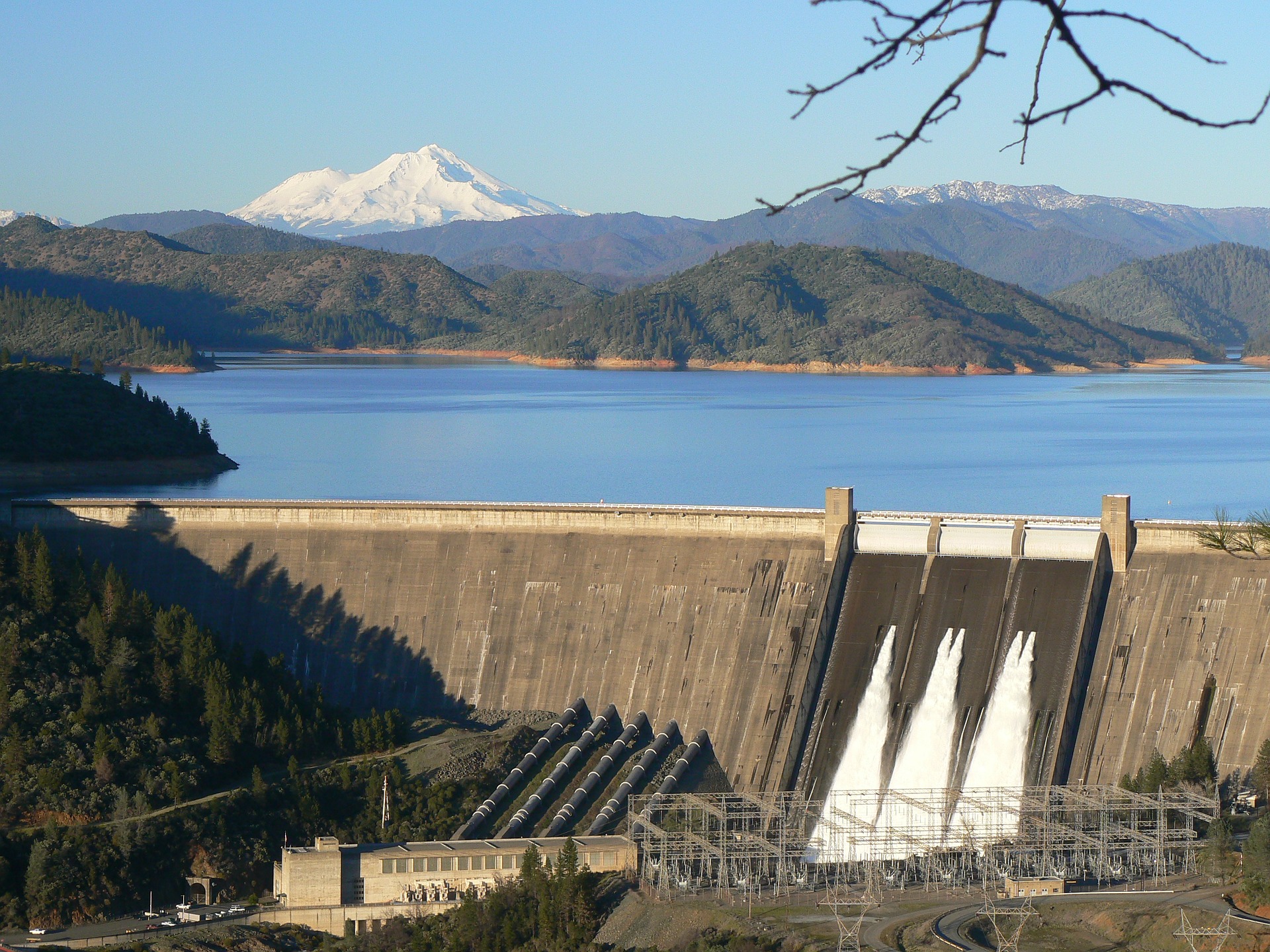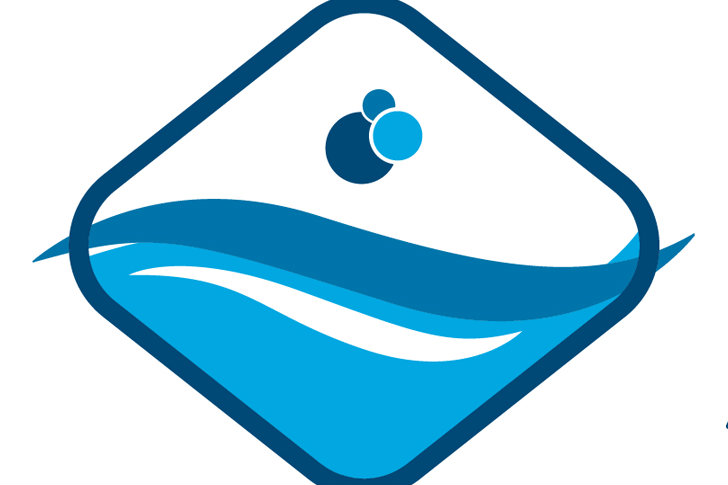The California industry has plenty to celebrate.
January and February have proven to be a case of history undoing history. Rainstorms not seen in nearly a decade have offset a drought unknown in the history of recorded droughts. As of Feb. 21, just under 62 percent of the state is labeled drought-free by the U.S. Drought Monitor, while another 34 percent falls under the more benign categories of “abnormally dry” or “moderate drought.” Mid-February storms removed the most severe labels — “extreme drought” and “exceptional drought” — from the state map entirely.
Compare that with just three months before, when the Drought Monitor applied those harshest labels to 43 percent of the state. Or a year ago, when 61 percent were categorized as such.
As some areas clean up and repair in the storms’ wake, the positive long-term effects of the higher precipitation already can be seen, as mountains and hills that had dried to a brown crisp are sprouting green again. And on the regulatory front, the California Pool and Spa Association expects most or all local water restrictions to be dropped.
However, the storms will not detract from the state’s focus on becoming more water-efficient over the long haul, said CPSA Executive Director John Norwood. Last year, five agencies proposed that the state mandate a 25-percent reduction in water use by 2025. One plan, the Model Water Efficient Landscape Ordinance (MWELO), seeks to limit what percentage of a property’s square footage can be allocated to features considered water wasters by government agencies.
“The way the governor’s water plan is currently structured, pools are discriminated against, and there’s the potential or danger that pools could be water-quota’d out of existence,” Norwood said.
As such, CPSA continues to retain its consultant specializing in government advocacy regarding water issues.



